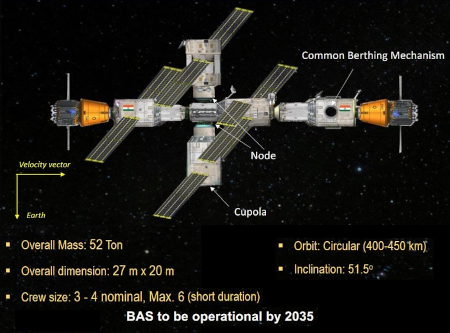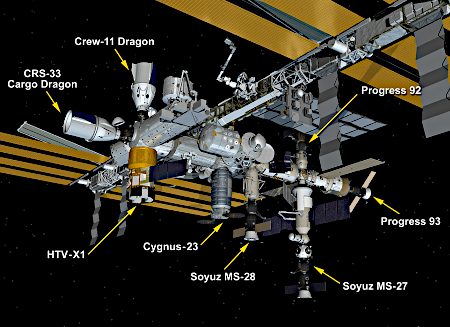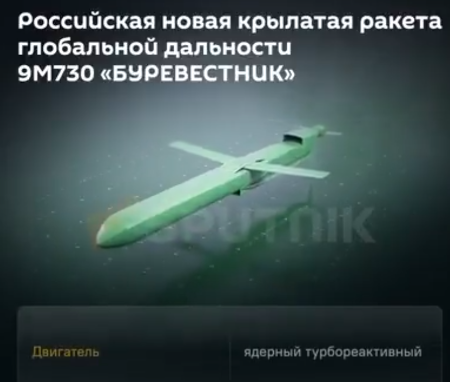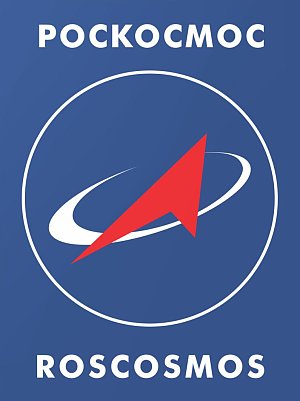NASA: The leak in the Zvezda module on ISS has apparently been sealed
According to one NASA official, the leaks in the Zvezda module on ISS that have been on-going for more than five years have apparently all been sealed.
However, recently two sources indicated that the leaks have stopped. And NASA has now confirmed this. “Following additional inspections and sealing activities, the pressure in the transfer tunnel attached to the Zvezda Service Module of the International Space Station, known as the PrK, is holding steady in a stable configuration,” a space agency spokesman, Josh Finch, told Ars. “NASA and Roscosmos continue to monitor and investigate the previously observed cracks for any future changes that may occur.”
While good news, no one should feel sanguine. The leaks occurred because the hull of Zvezda has developed stress fractures, due to age (more than a quarter century in orbit) and the repeated dockings to its aft port. Future fractures and leaks are still possible, with the chance of a catastrophic failure very possible.
It would be prudent for NASA to continue to shut the hatch between the U.S. and Russian halves of the station, whenever a docking is taking place.
According to one NASA official, the leaks in the Zvezda module on ISS that have been on-going for more than five years have apparently all been sealed.
However, recently two sources indicated that the leaks have stopped. And NASA has now confirmed this. “Following additional inspections and sealing activities, the pressure in the transfer tunnel attached to the Zvezda Service Module of the International Space Station, known as the PrK, is holding steady in a stable configuration,” a space agency spokesman, Josh Finch, told Ars. “NASA and Roscosmos continue to monitor and investigate the previously observed cracks for any future changes that may occur.”
While good news, no one should feel sanguine. The leaks occurred because the hull of Zvezda has developed stress fractures, due to age (more than a quarter century in orbit) and the repeated dockings to its aft port. Future fractures and leaks are still possible, with the chance of a catastrophic failure very possible.
It would be prudent for NASA to continue to shut the hatch between the U.S. and Russian halves of the station, whenever a docking is taking place.




